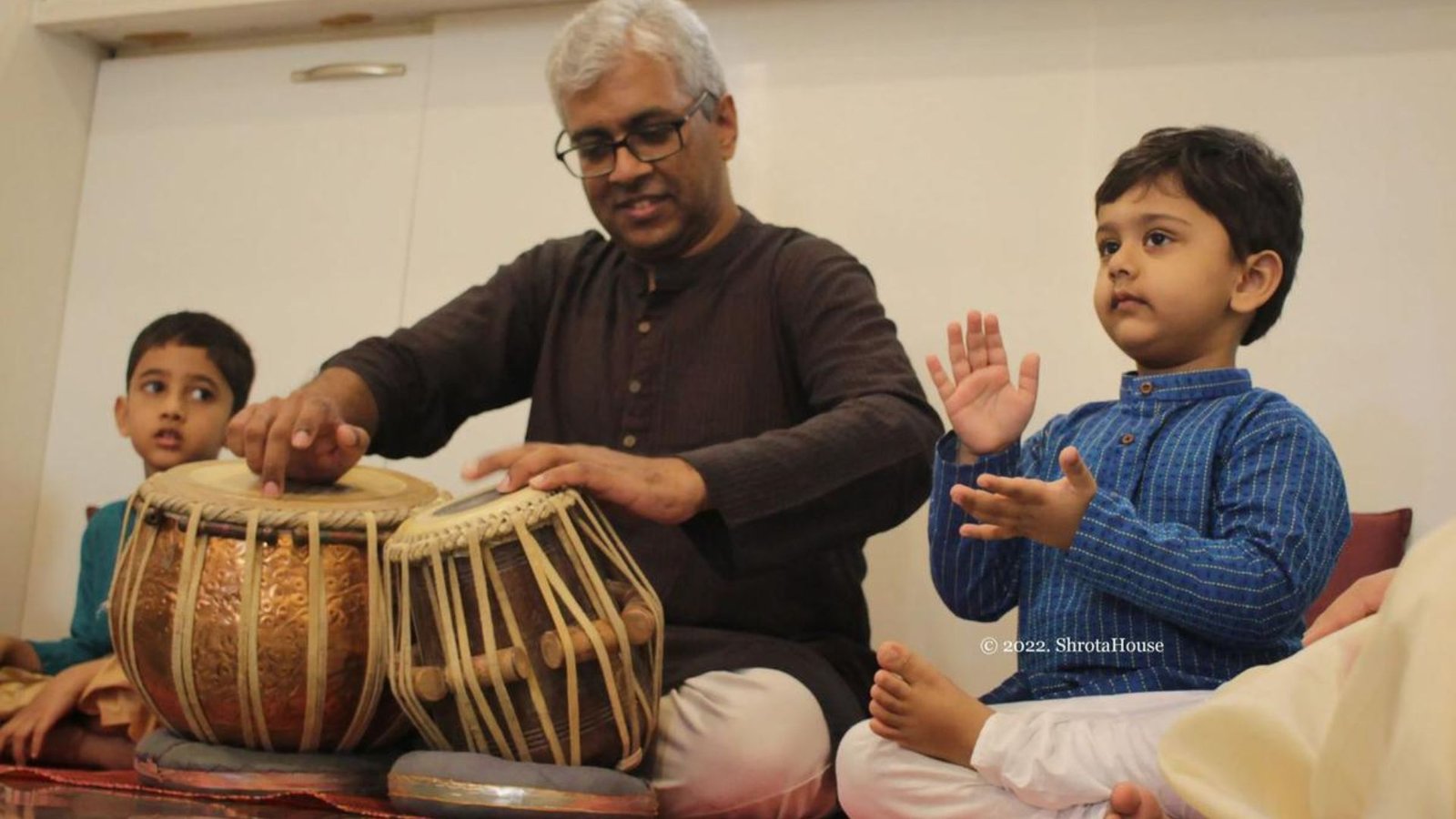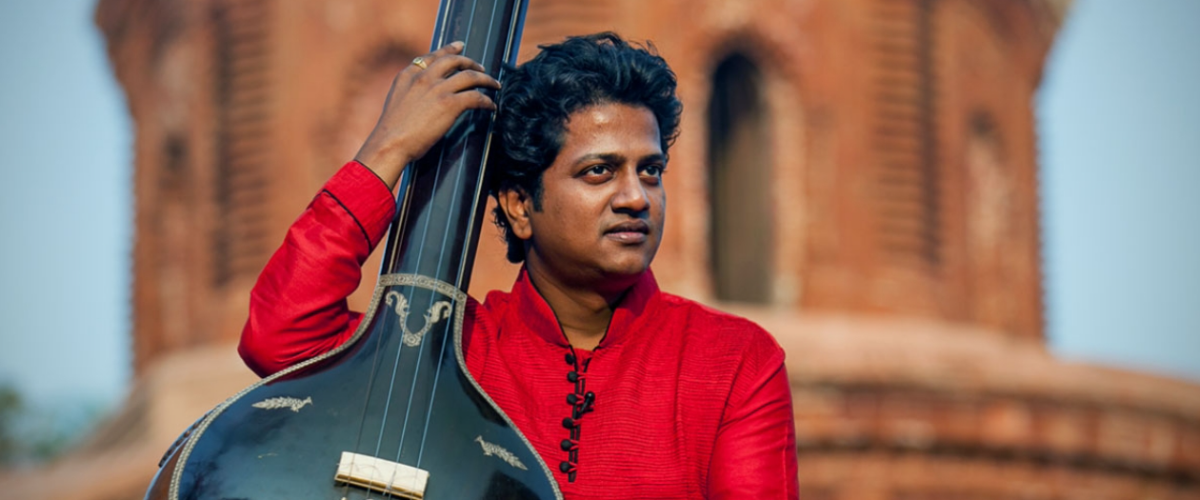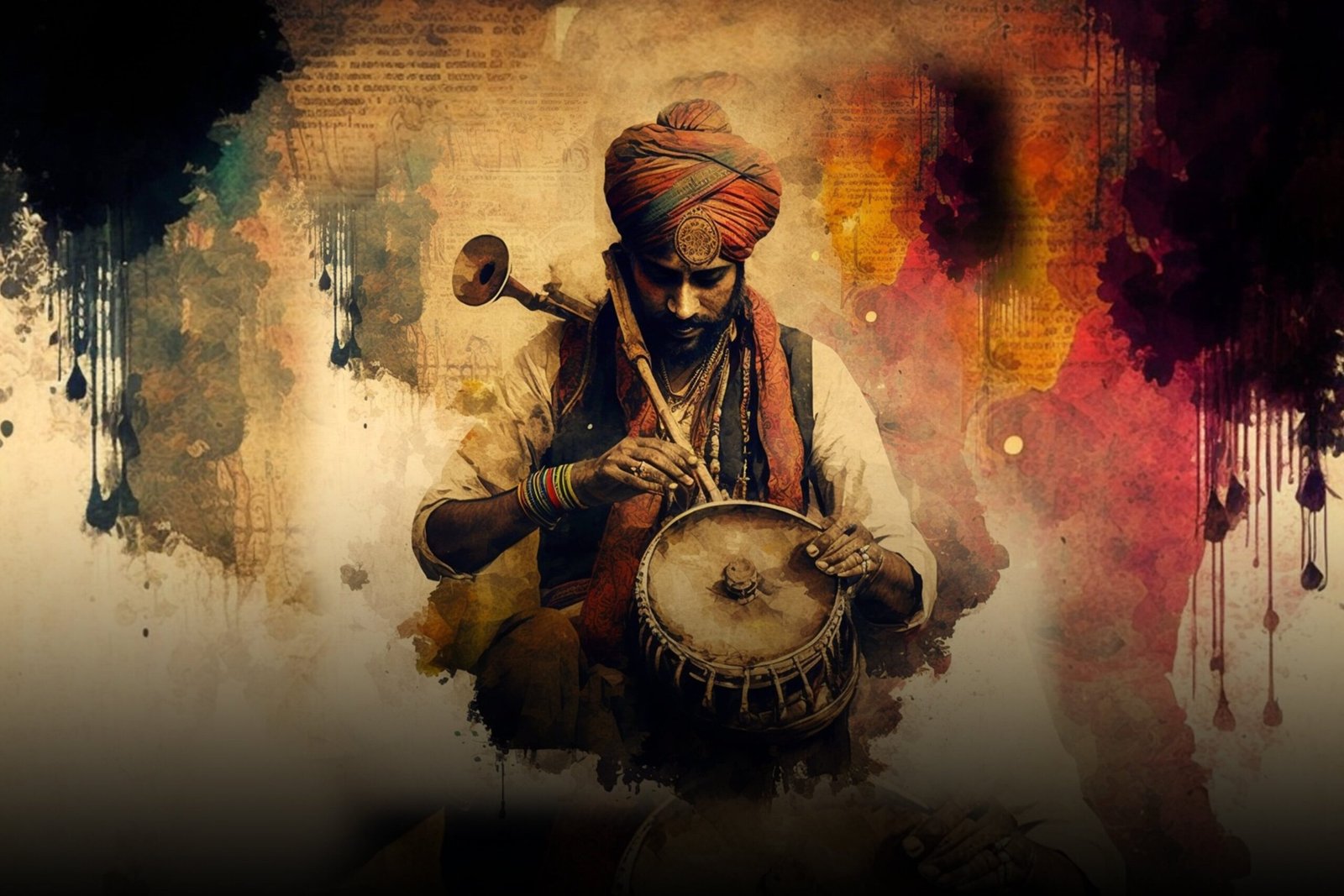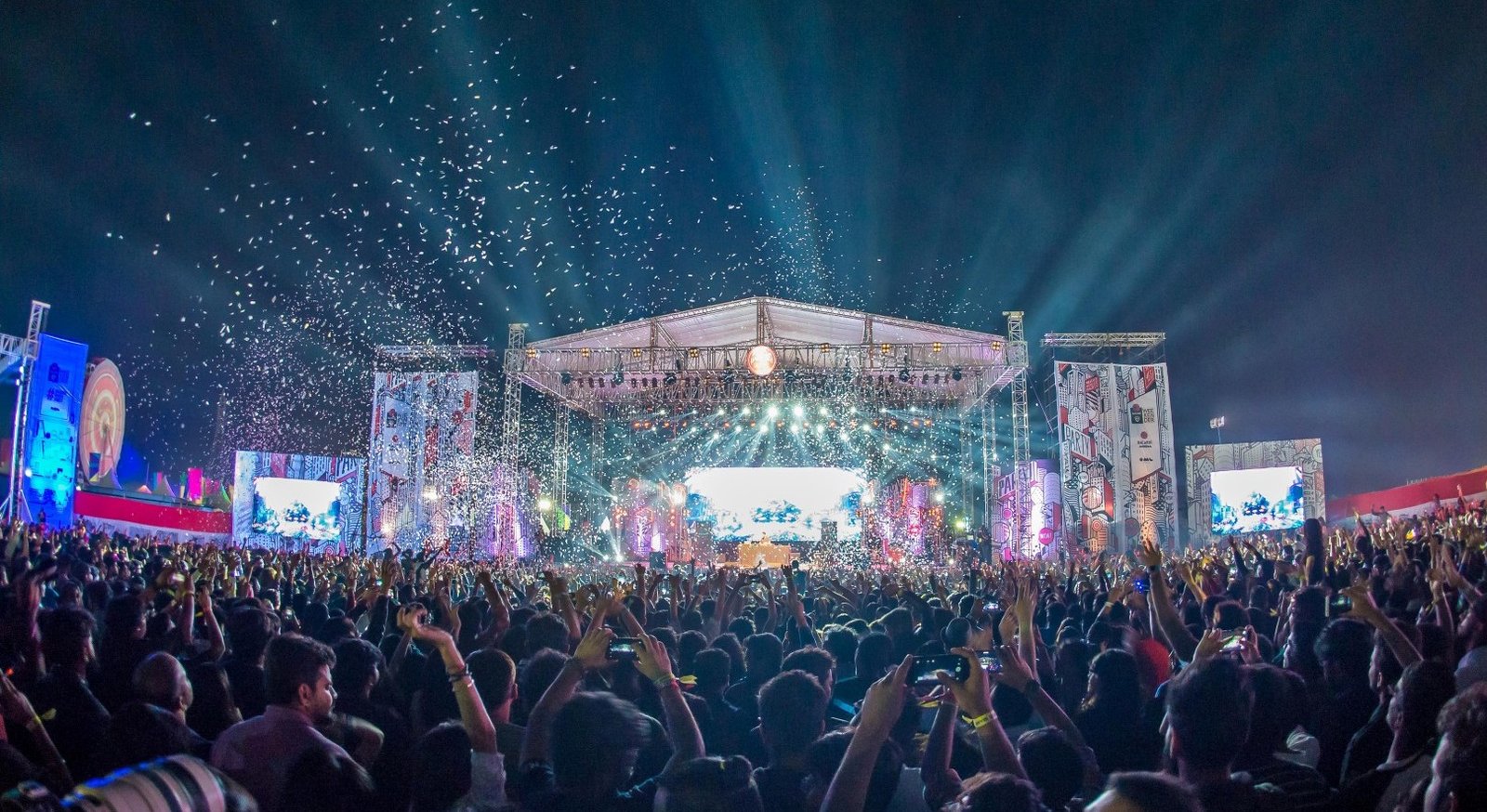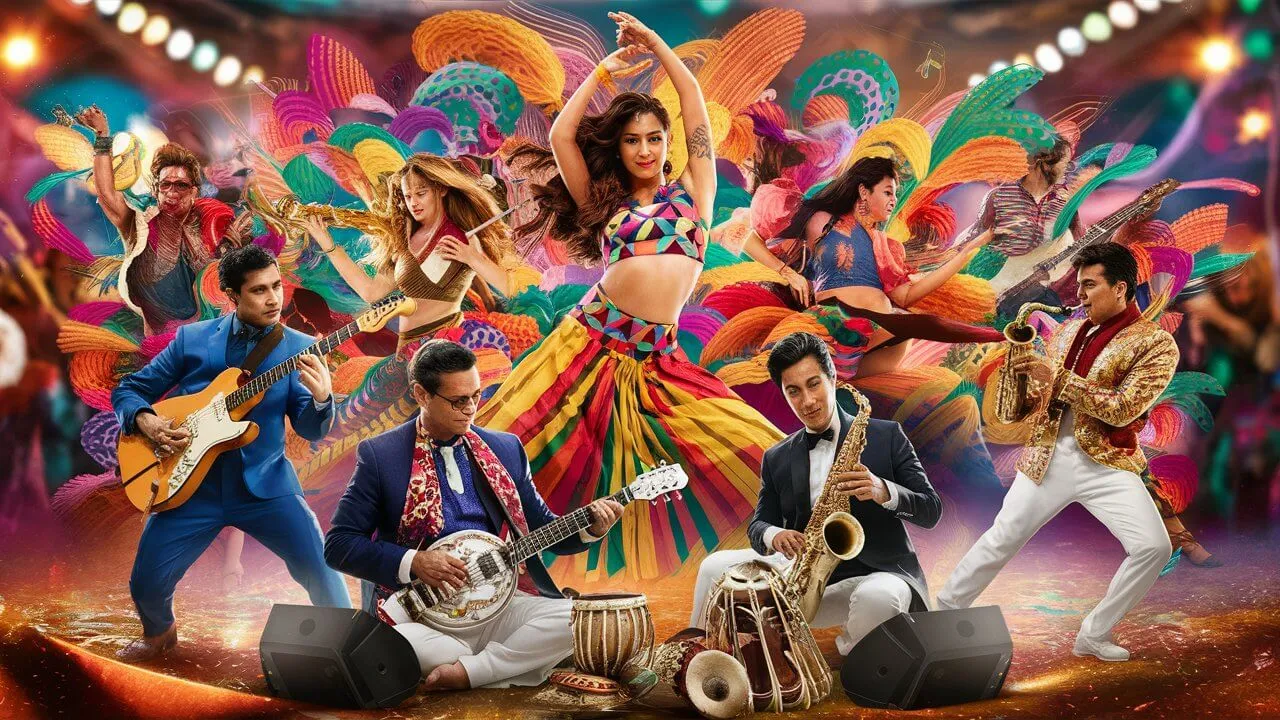What Are Popular Genres in Indian Music
Indian music is incredibly diverse and rich, offering a wide range of genres to enjoy. Whether you’re a fan of classical sounds or modern beats, India has something for everyone. So, what are the popular genres in Indian music? Let’s take a closer look at some of the most well-known music genres that shape India’s … Read more






